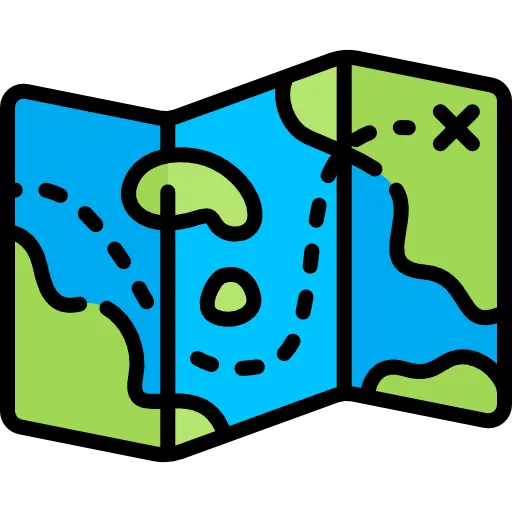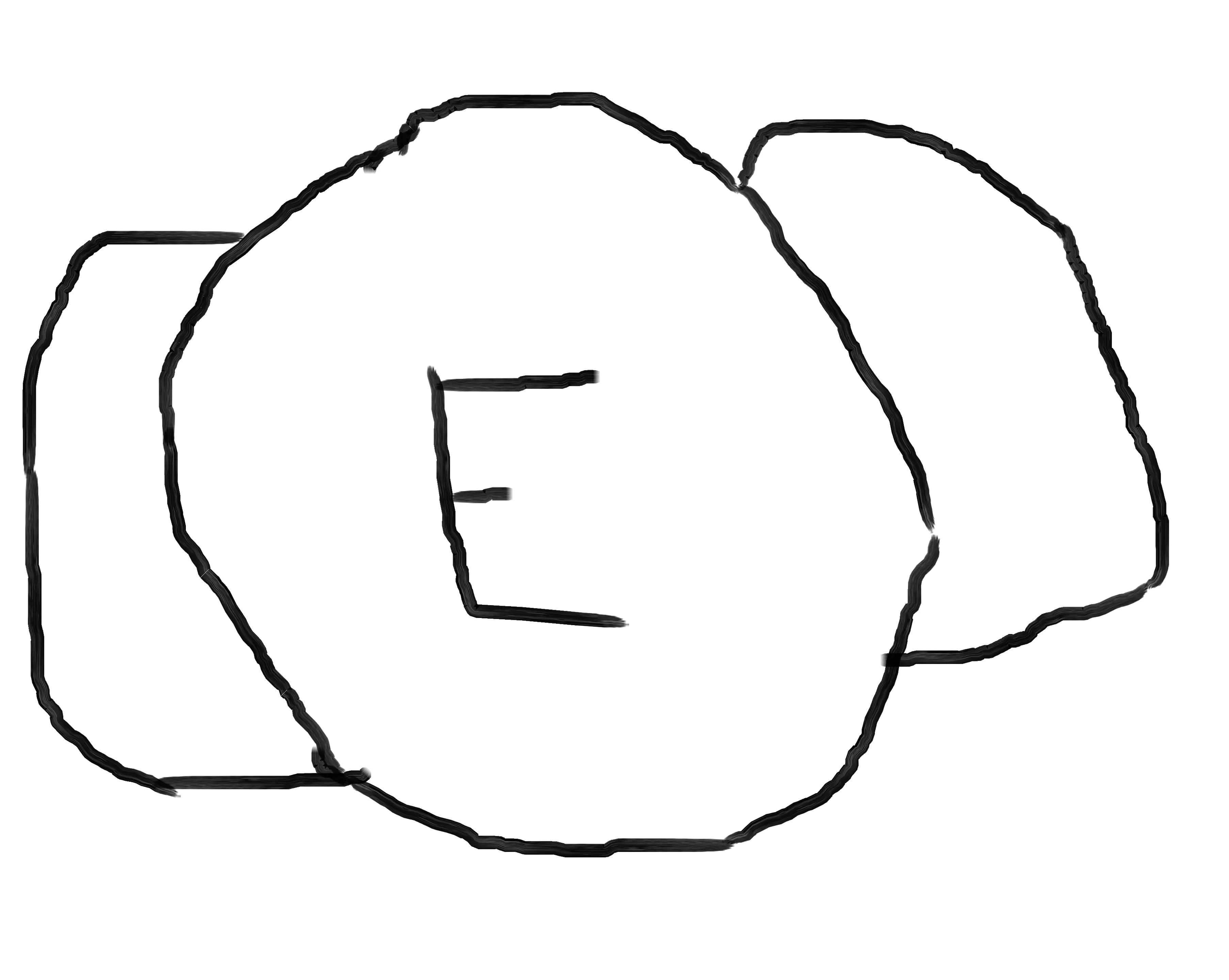Total commoner here that does not understand projection and such on maps, but I know that the popular map and commercial globe somehow does not show the true size of a country/area.
My first question is, how could a globe (which supposed to be a representation of earth from space) does not represent true size of an area?
Second one, can we produce a map that shows the true size of an area but can also be used for navigation?
Globes are correct, or close enough to it. What’s not correct is any 2D representation. You have to distort the shape to make a 3d globe into a 2d map. How they choose to do that distortion is what’s referred to as the projection. There’s pros and cons to each projection type, but you basically have to choose between keeping the shape right and the size right. Check out the weird looking maps on here. You could technically still navigate with them, but it would be weird. https://en.m.wikipedia.org/wiki/Equal-area_projection
Also a total commoner. What do you mean a globe does not represent true size of an area? My understanding is that projections of a globe can lead to “errors” in representation of area or angles. But the globe itself is accurate.
I think that sentence was a mistake. A globe is accurate. Well, more or less. Never seen a microscopically-accurate globe before. :P
I might have used wrong term here, what i mean is that if you go to thetruesize.com which claims to be showing the real size of the area/country, you can see that australia for example will be almost as big as russia, but its not the case in a globe. I wonder if i misunderstand these wrongly
thetruesize’s idea is that you can drag the countries around and it simulates the project at that point in the map, so if you were to say drag the US onto Russia it would be scaled the same
the project that most maps use maintain directionality at the cost of distorting size
TheTrueSize.com still uses Mercator projection. You need to drag Australia and Russia to the equator to see their true size. The map around the equator has the minimum amount of distortion. Also on a globe if you put a tape measure against those two countries you’d see that Australia is about as tall as Russia
Gall-peters seems good
I’m struggling to find a site that explains map projections simply. How they’re produced, where they’re inaccurate and why, etc… Google of course is terrible at anything, and refuses to give me results with the word “simple” in quotes. Can anyone help?
Give GIS Geography a try. Seemed to answer the basics. 🤷🏻
That’s not really “simple”, and certainly doesn’t give examples of different kinds of projections and their pros and cons. Yeah, I understand it. But most peoples’ eyes will glaze over, and it seems to me that OP could use a simpler explanation. There are better ways to make this information accessible and digestible.
Here’s a clip that I found really helpful:
I responded with probably a similarly eyes glaze over massage to your above comment. To simplify it, make a cone with paper. Cut off the extra. Unroll your cone and draw something. Take a picture of it. Then go back to the cone shape with maybe some tape to hold it together. Take a picture from the pointy side. Take a picture from the side. Compare all three images. It should highlight the differences and should be a little more distorted than a globe but much easier.
deleted by creator
I’m sorry there was a miscommunication here. I read your comment about eyes glazed over after I had already made my first post in this thread. I was saying I made my own first post too boring/inaccessible for the audience (the one you were describing). I realized my first one was not catering correctly. The eye glaze was directed at my own explanation (not the intended audience). I want to make it as accessible as I can. I just didn’t do it as well as I was hoping.
I realized I was being pointlessly reactionary and deleted my post. Sorry for the toxicity, and also that I didn’t delete it before you saw it. xD
Either way, wow, this is refreshing.
Edit: I guess my issue with the page is that if you’re trying to teach a person who is struggling to grasp, you want to cut out the extra material, the math, the geometry, the technical terms— and start with a visual introduction to map projections. Show a globe cut up and flattened out, show it struggling to flatten, show it tearing, then people will get the issue immediately. Then start showing how globe-likes can be cut. Then give people footage of a map being stretched to fit certain projection shapes for the sake of a convenient projection. If you show people that and cut your sentences down to a few, then you have laid the foundation. Then you can start building on that for the more complicated stuff.
Some people can learn in the “nerdy” way via reading and technicals, but not most people. I always advocate for a more practical, visible foundation. I mean, people are usually such strongly-visual learners that— even though I can tell you the world’s only sane definition of “role-playing game”, nobody will ever agree with me because their eyes (and association fallacies) lie to them. Peoples’ whole understandings/definitions of many things are based on what they see.
But I digress.
Simple is relative I guess. I thought the article touched on the basics and even provided links to more in depth explanations.
There’s nothing simple about converting 3D to 2D. The best way I can think of is to show it happen in real time either physically or with animation to show how it works. Words are nothing compared to visualization in my own experience.
My way of thinking is to think of a globe and unzip from the south and north pole all the way to the equator. This needs to happen at nearly infinite points to turn it into an undistorted 2D image. Because the poles start on opposite ends of the world with a distinct point, the further away you get from them, the more these sections grow as they near the equator and shrink as they get closer to ther opposite pole. That’s how with limited lines, “sharp ovals” are created from unzipping this globe. The issue is that you will have massive gaps at the poles because you turned a single point into the unrolled width of the equator. A 2D map attempts to distort the poles into a map with no gaps but must still compensate for the massive expansion in areas near the equator. The very common world atlas with a mostly ovular shape with the widest side following the equater is one attempt of showing the distortion. The many ways of compensating for this unzipping and then removing blank spaces is to distort different latitudes in different ways. It can easily result in over representing landmass near poles which consequently underrepresents land near the equator. The best way to combat this distortion (in my experience) is to limit the focus to such a small area that turning it flat leads to negligible curve affect. That won’t work for a globe so go 3D unfortunately. I’m not an expert, but I do have upper education in a related field that works with 3D models.





